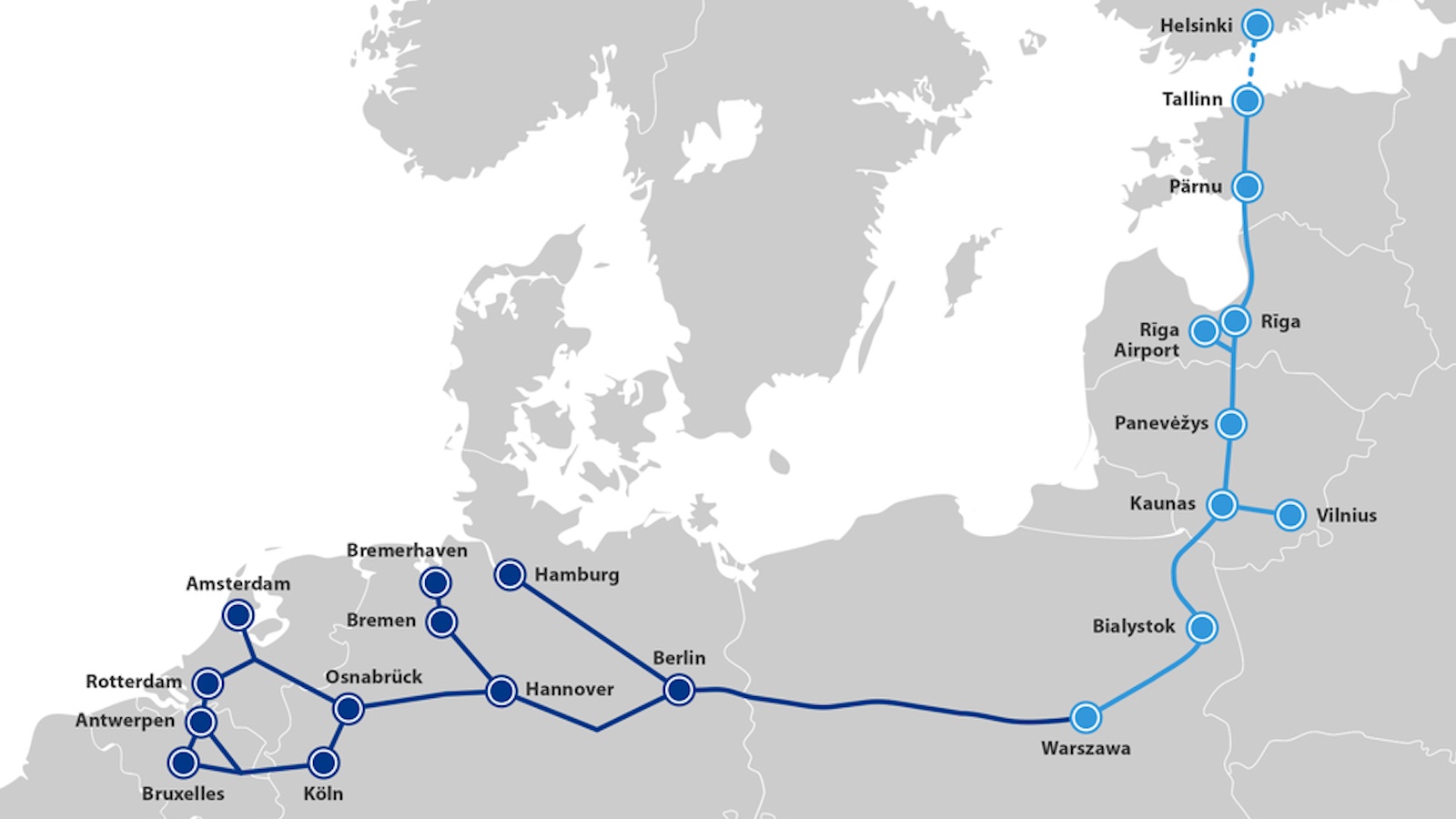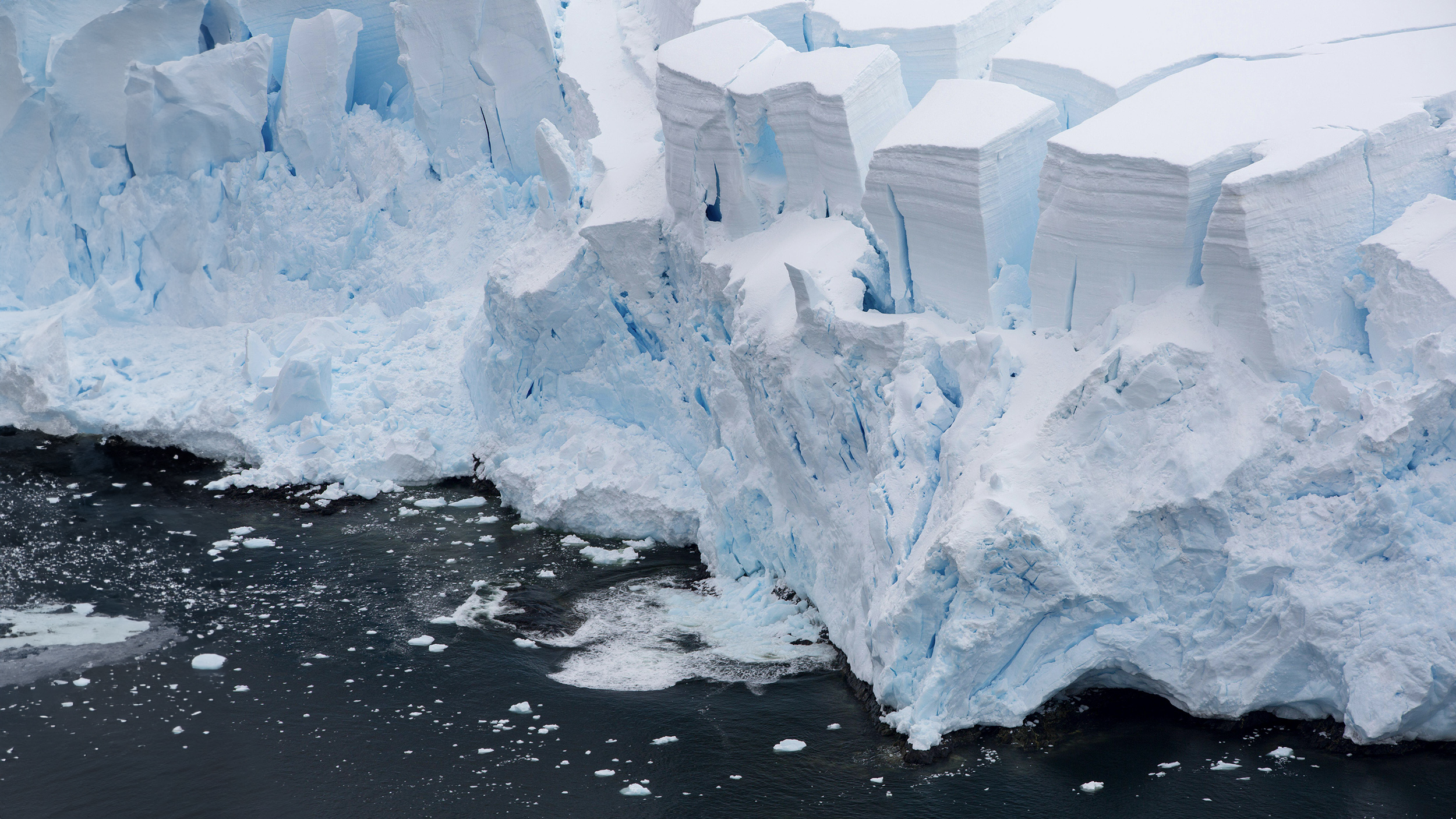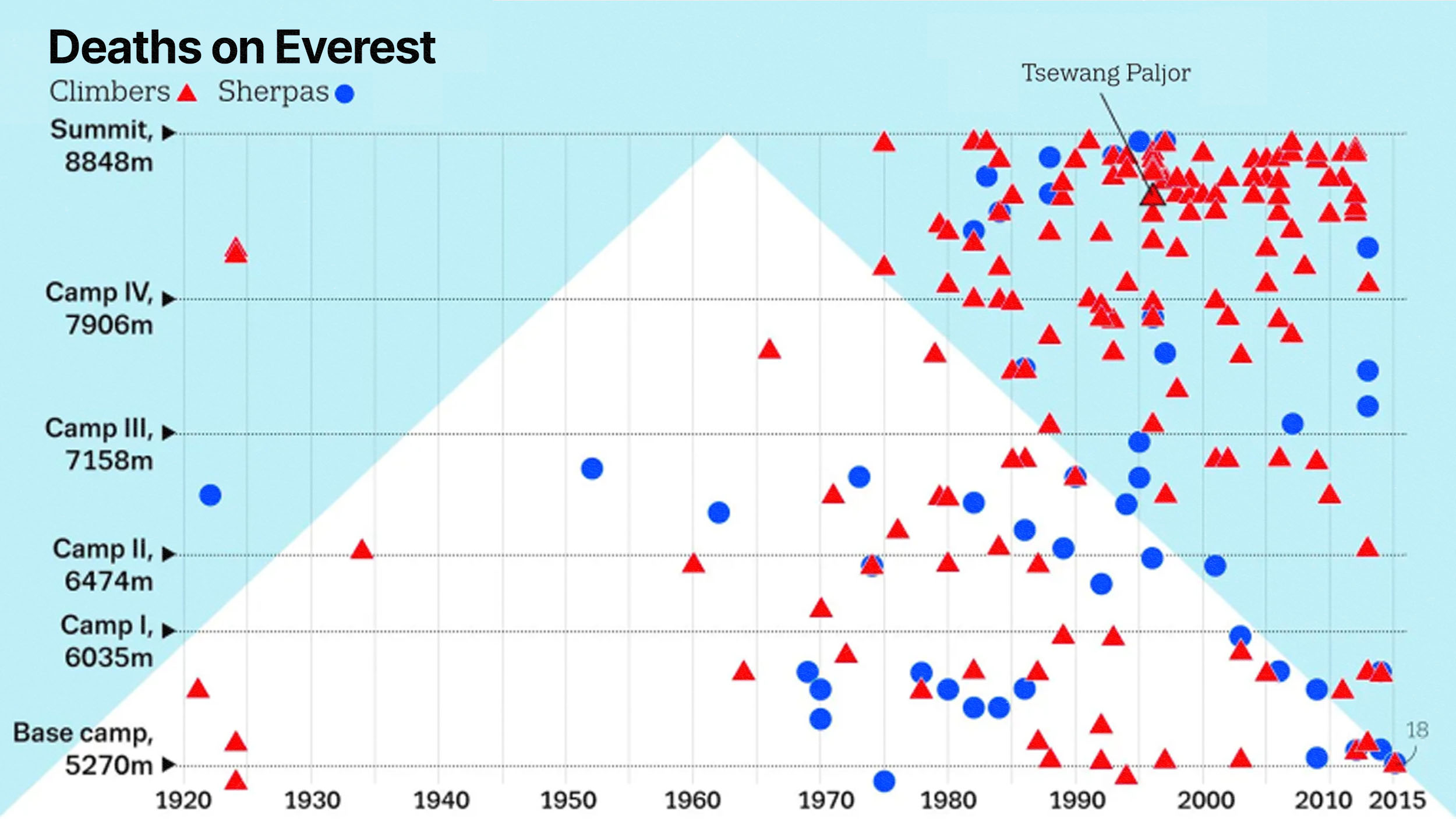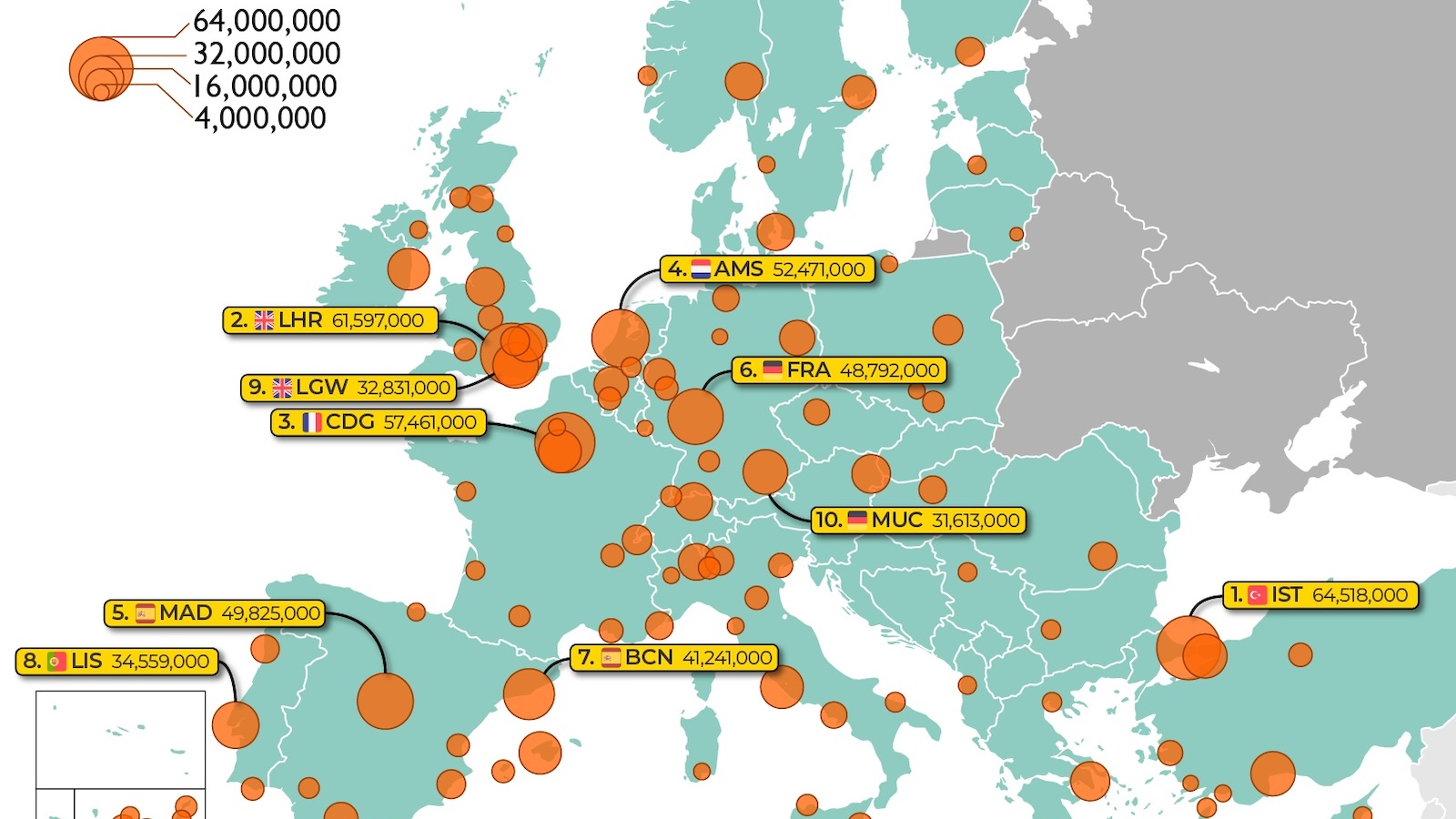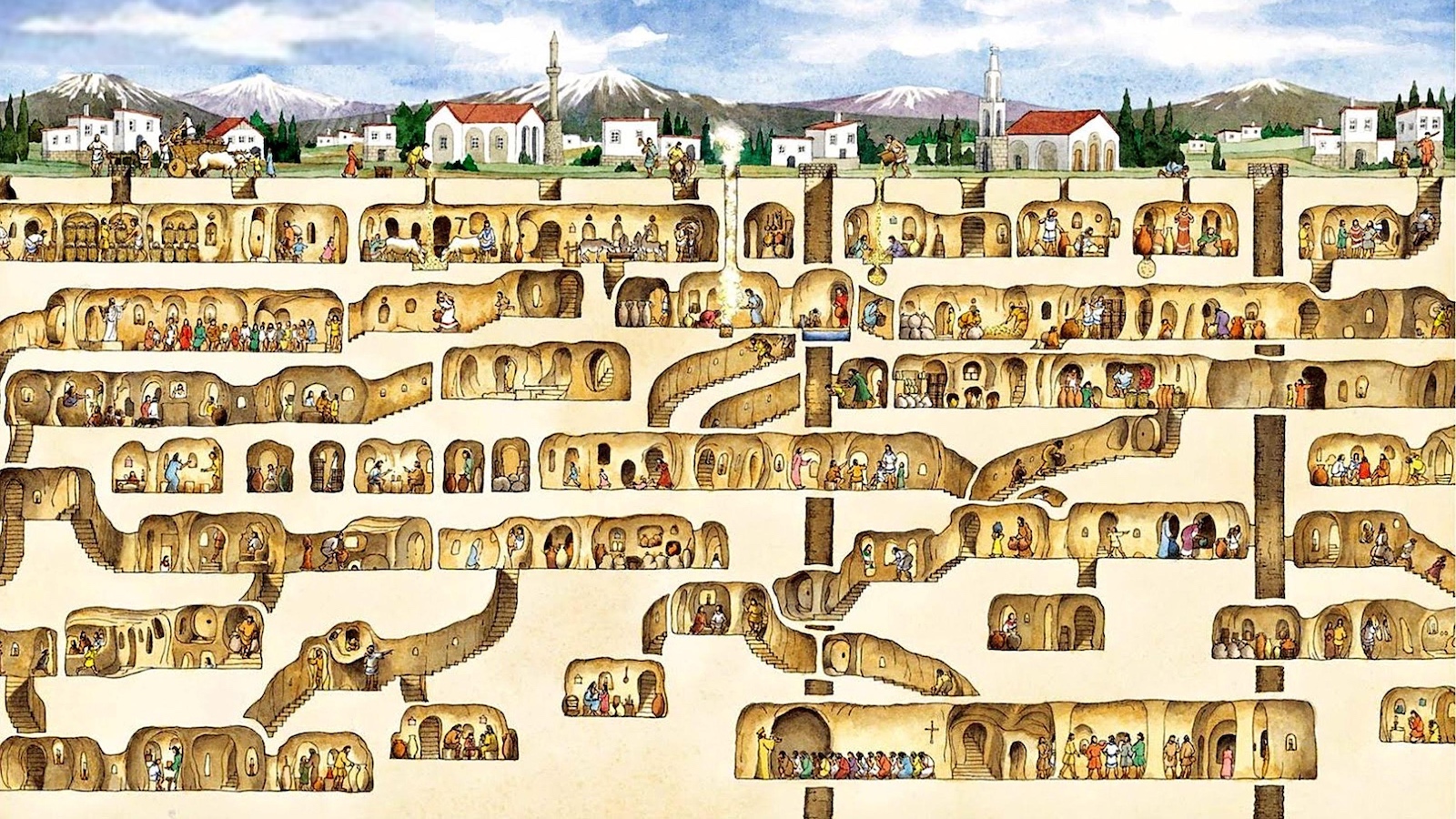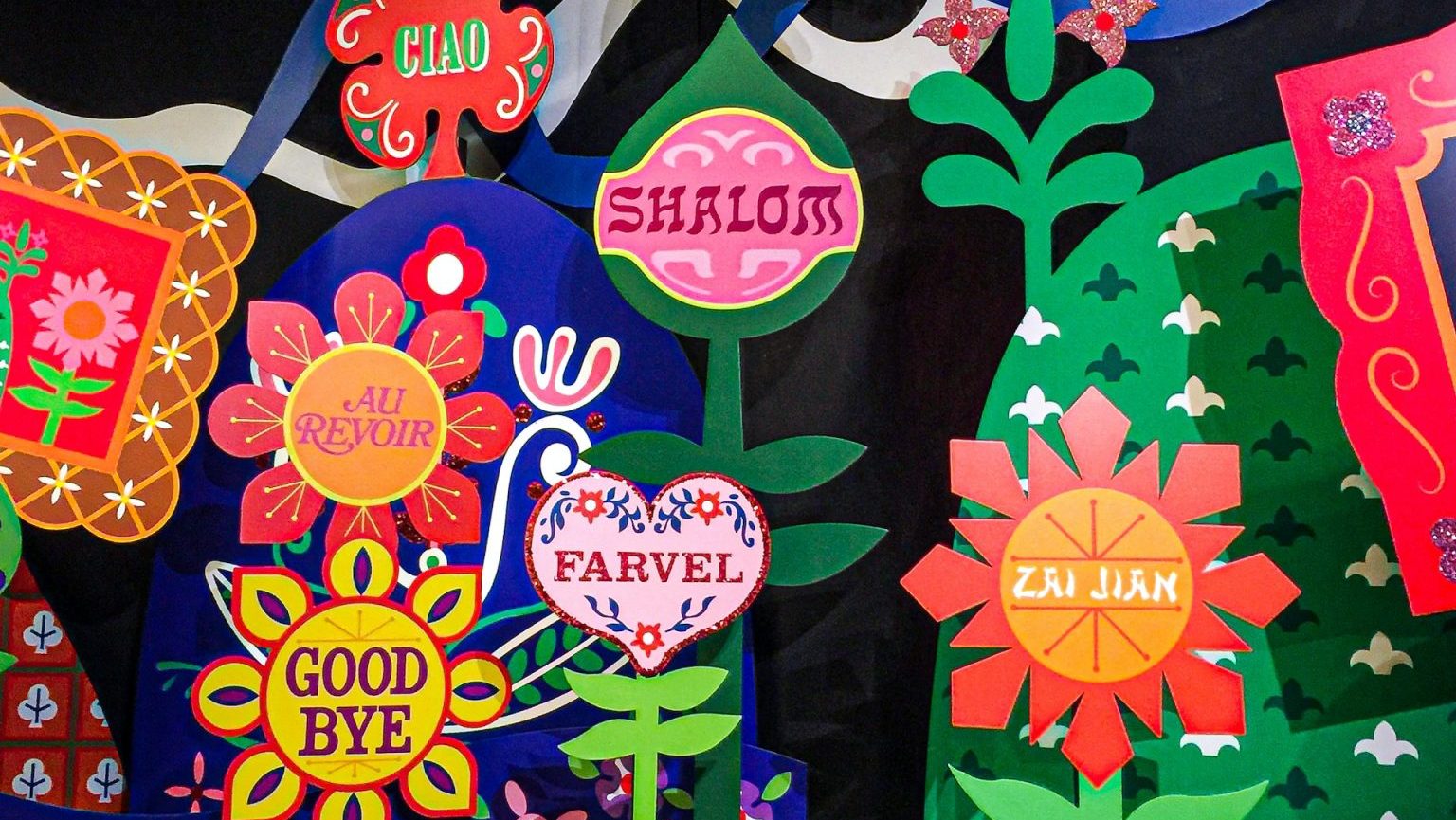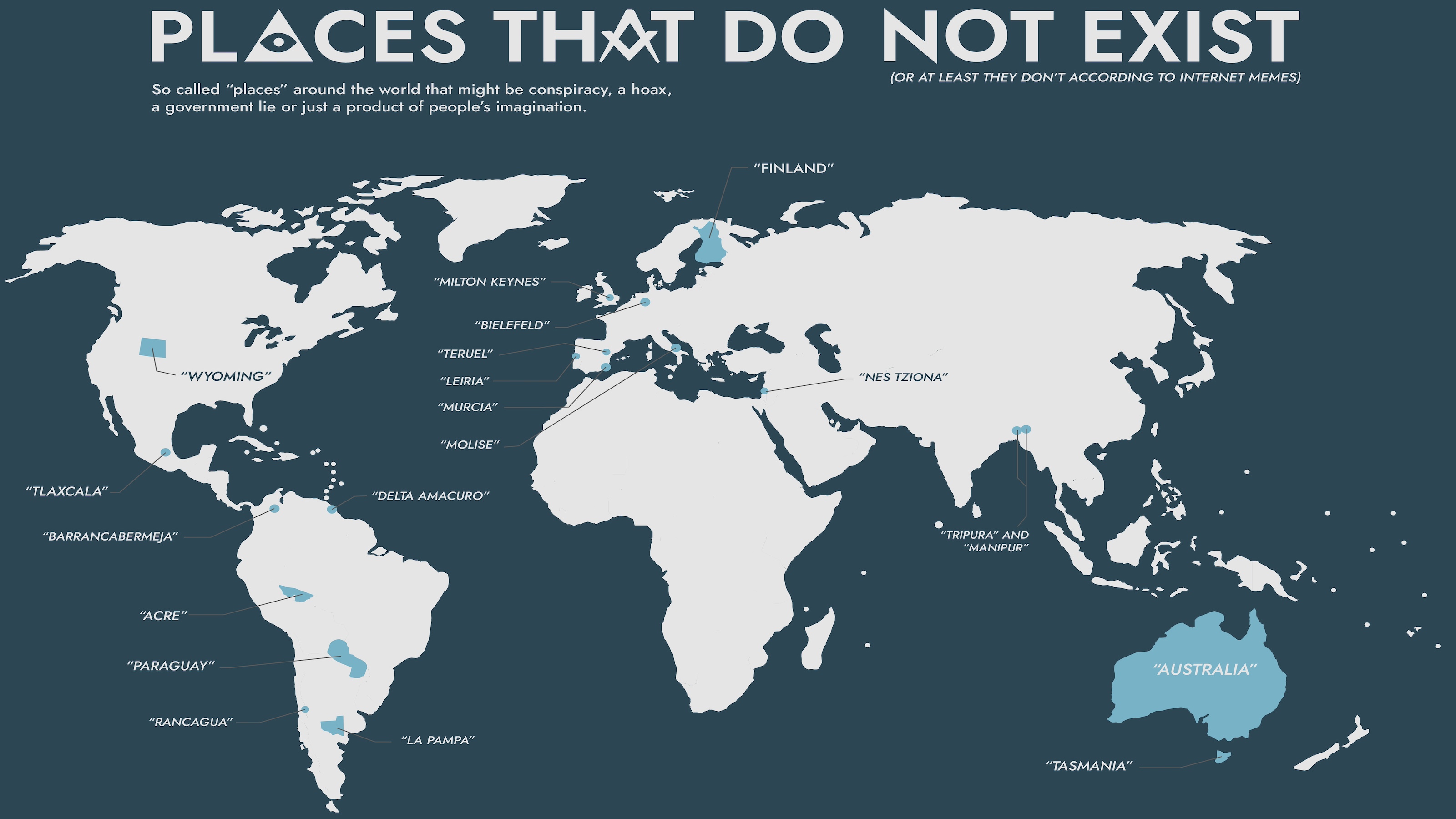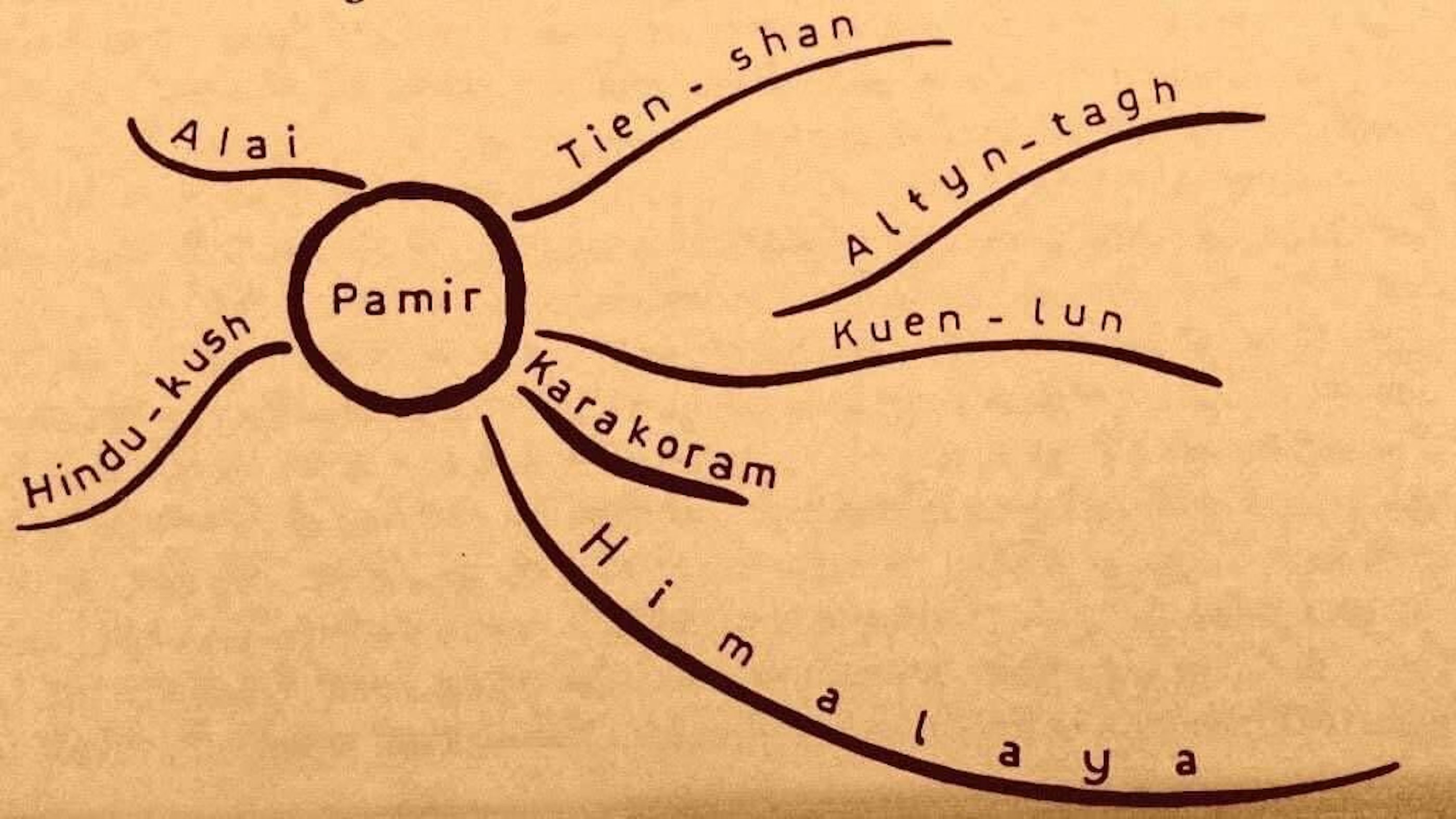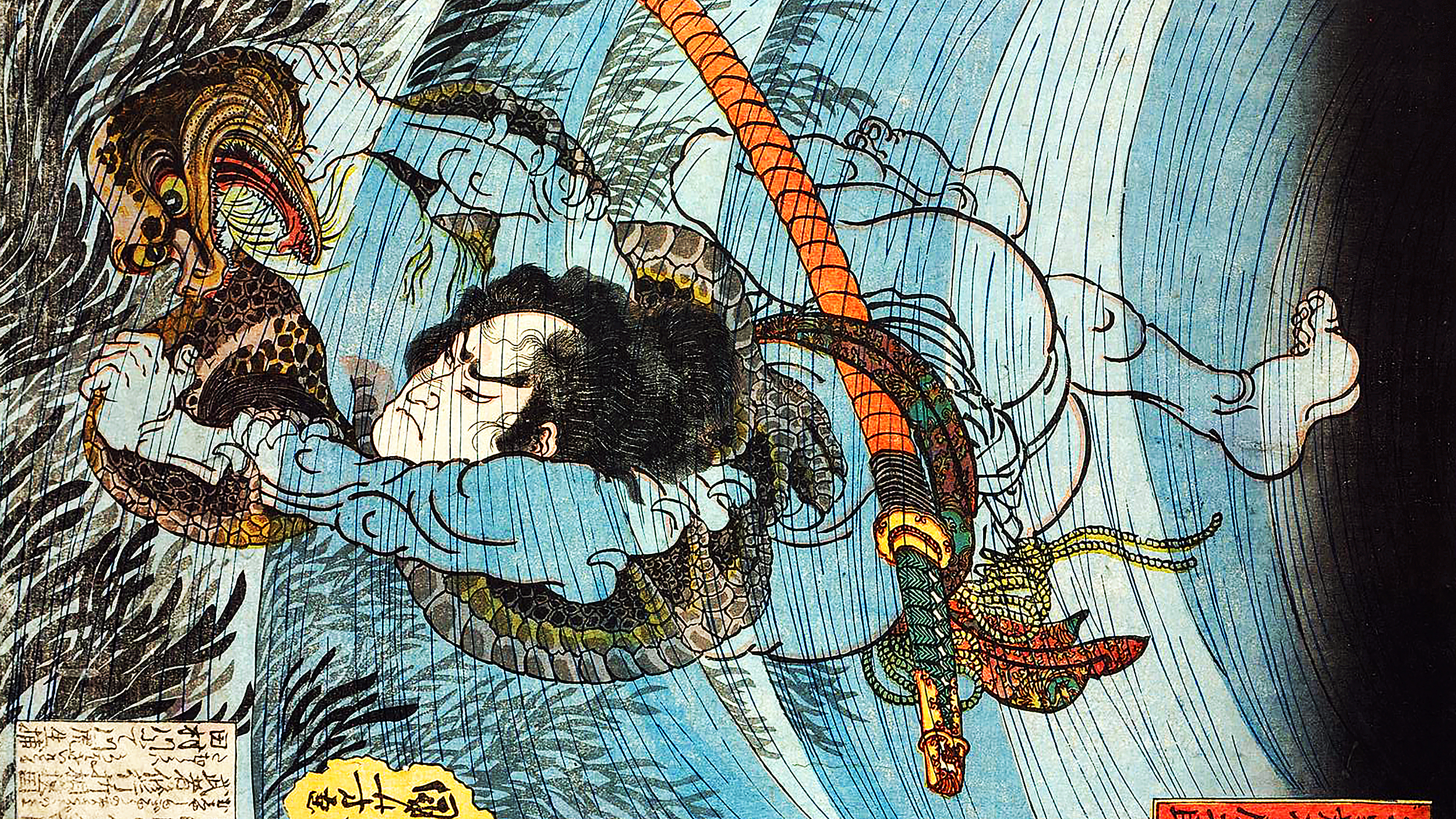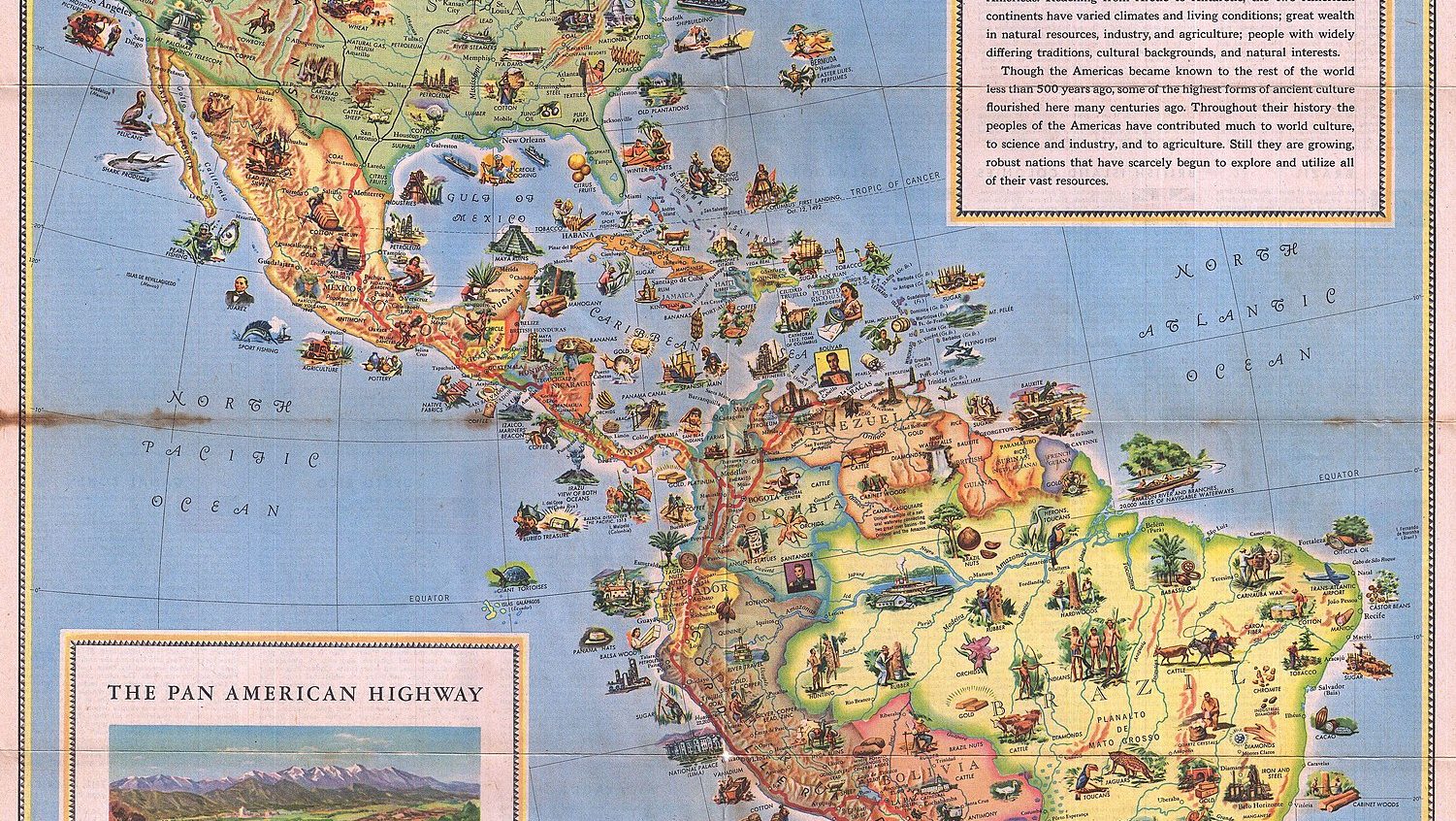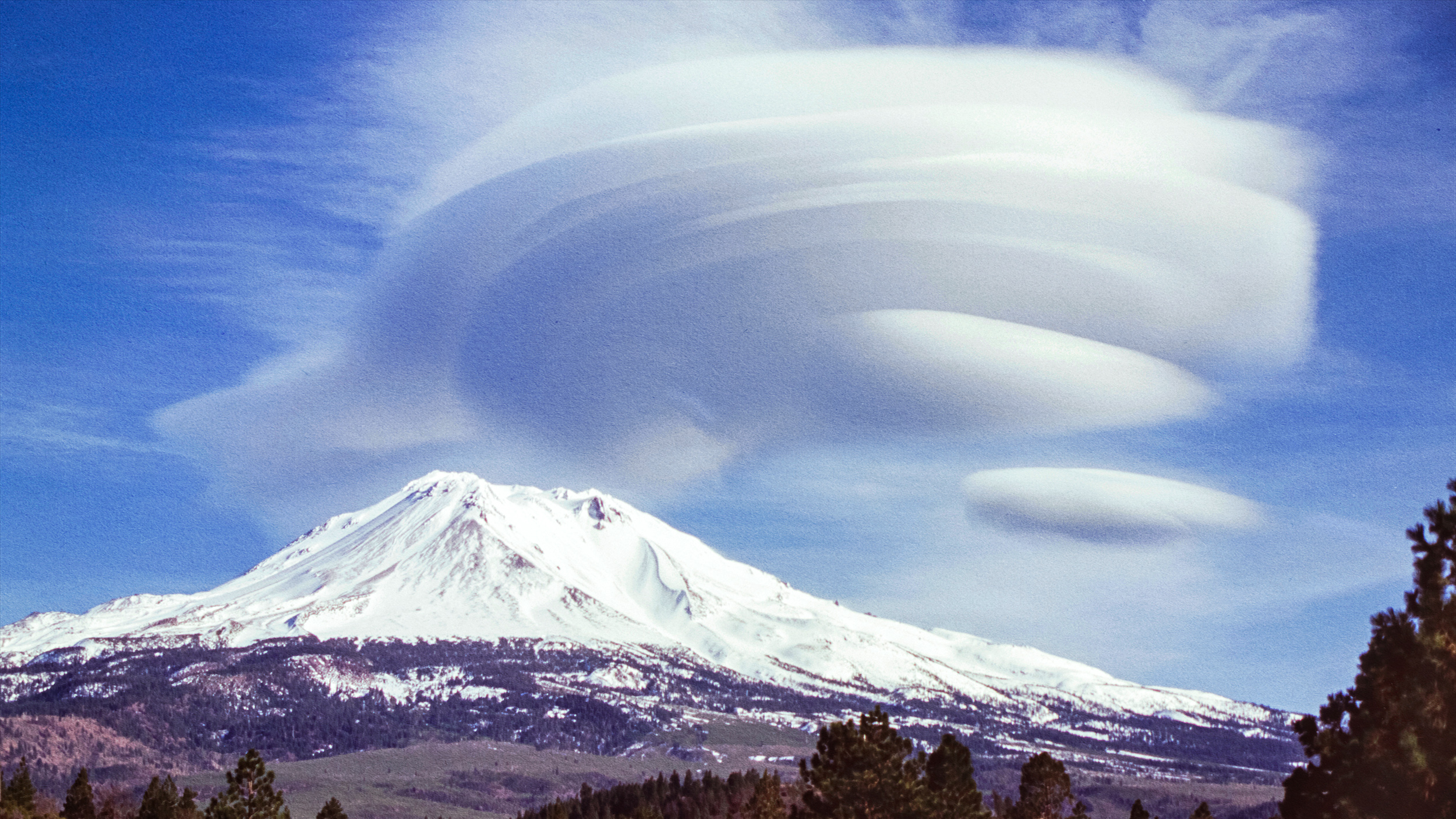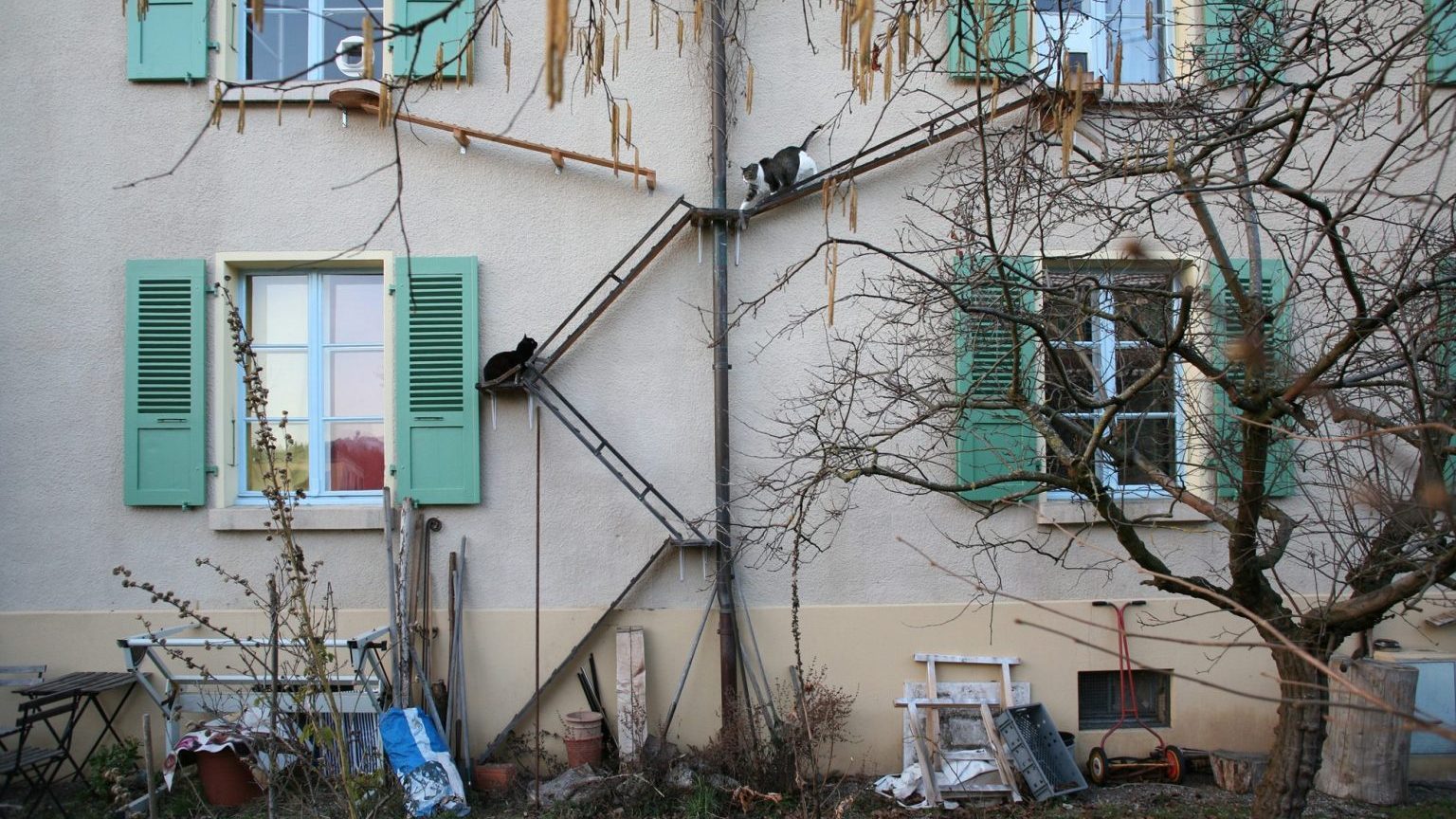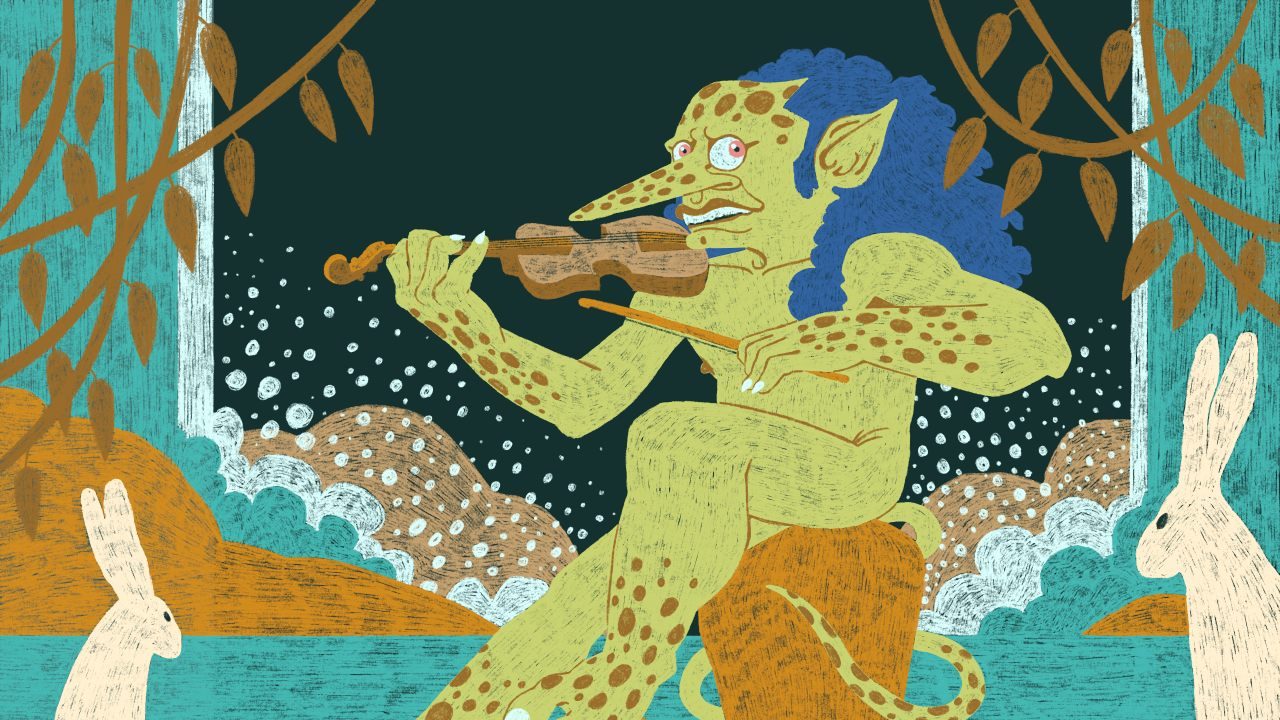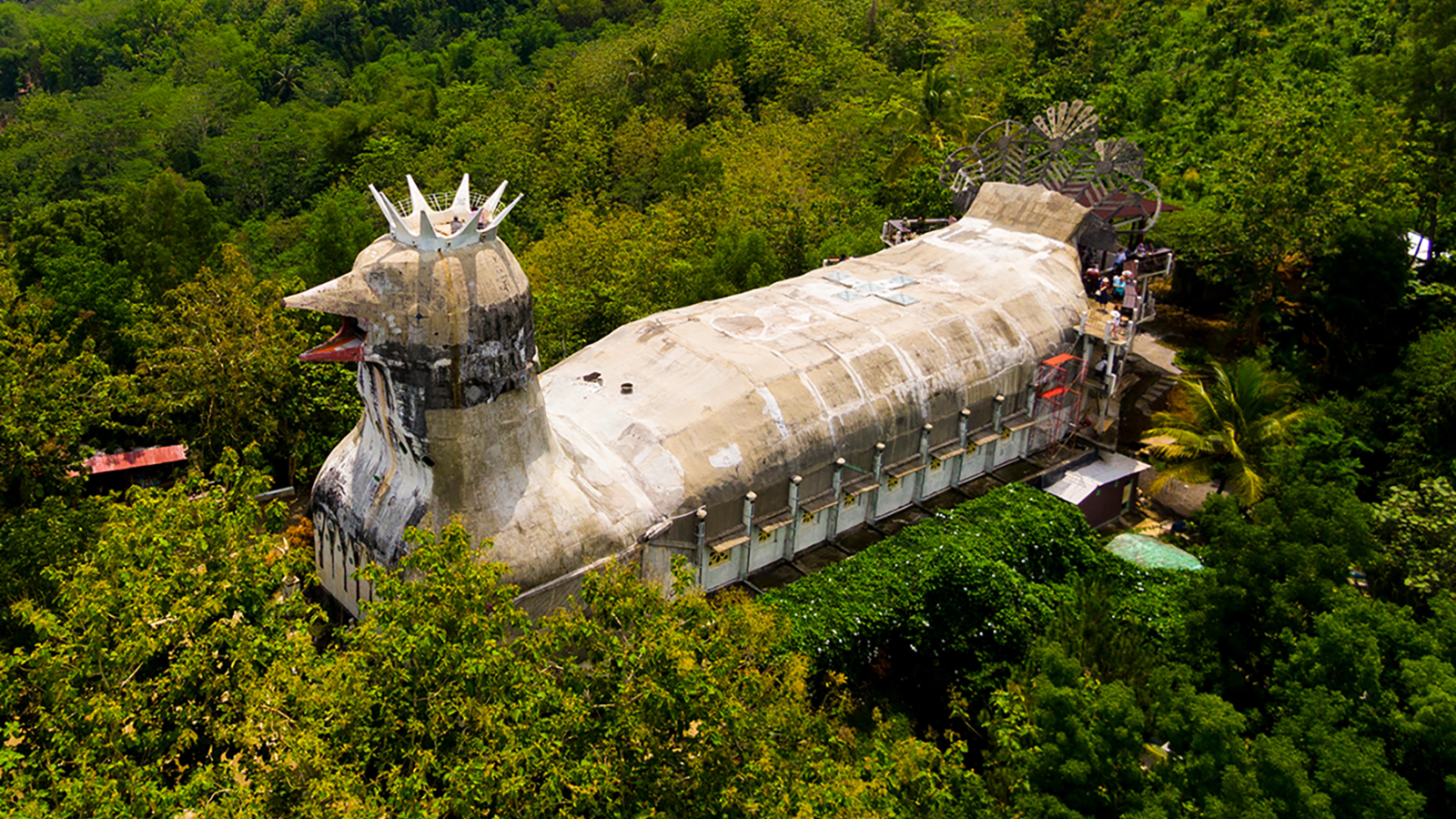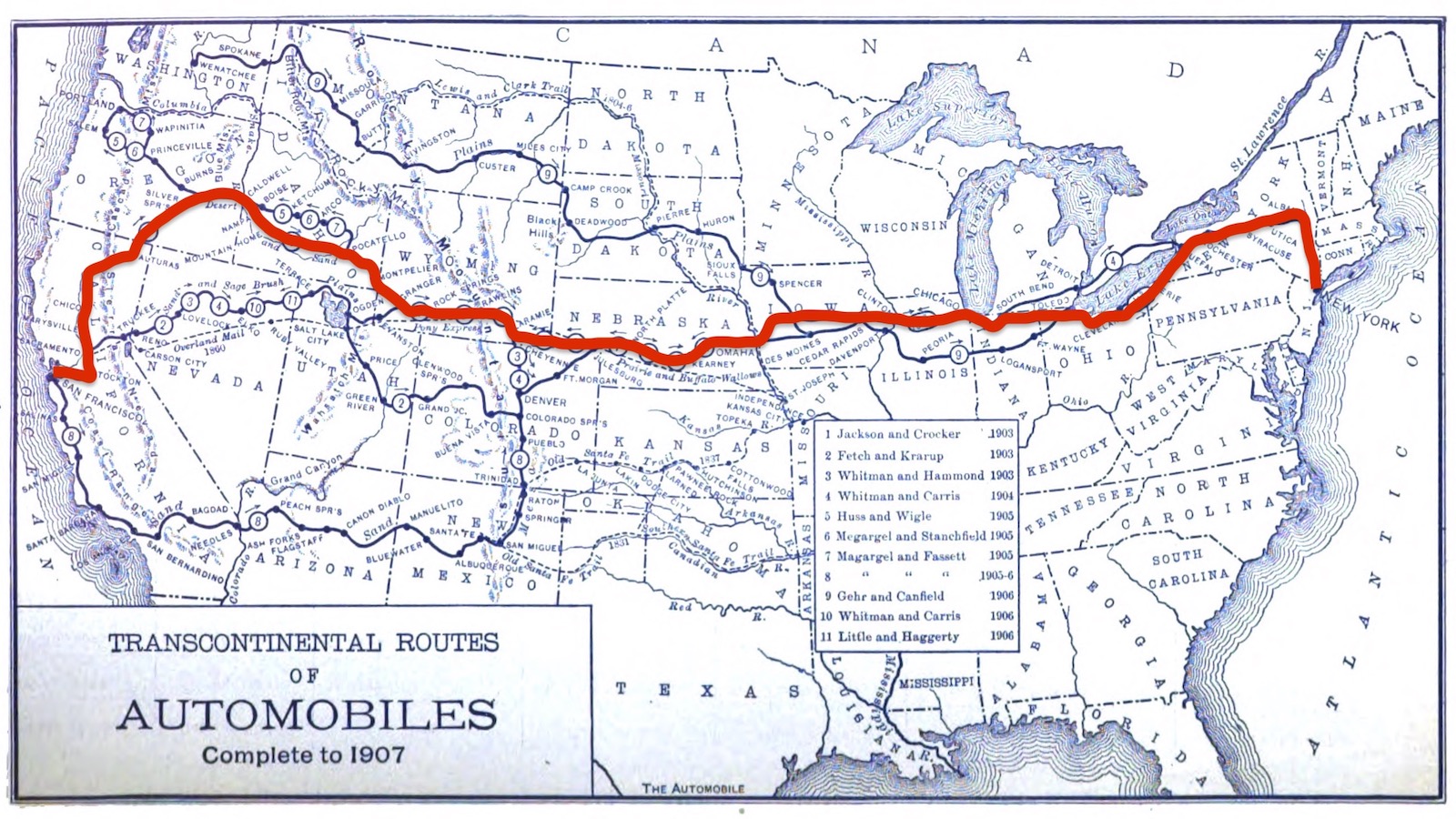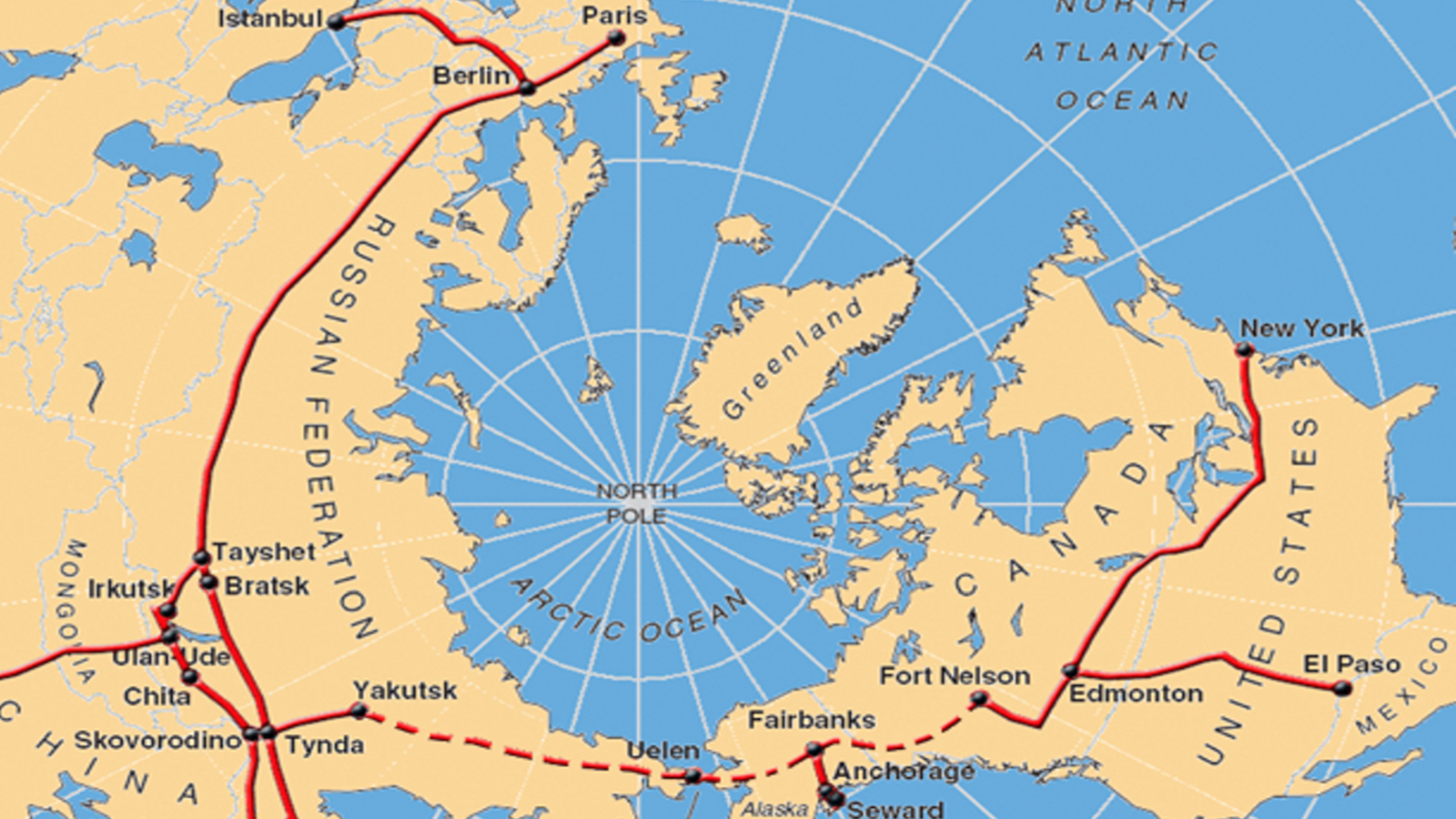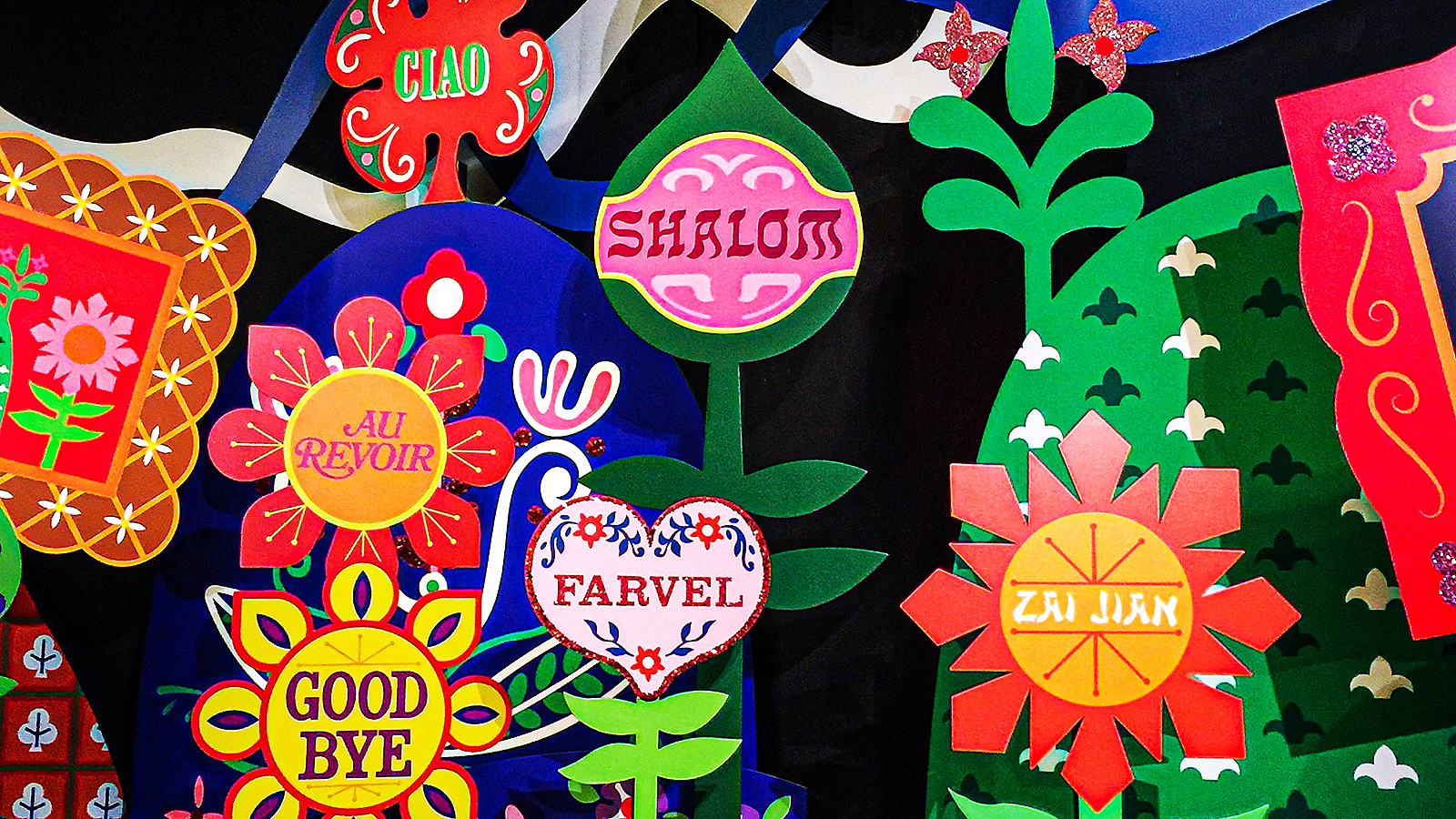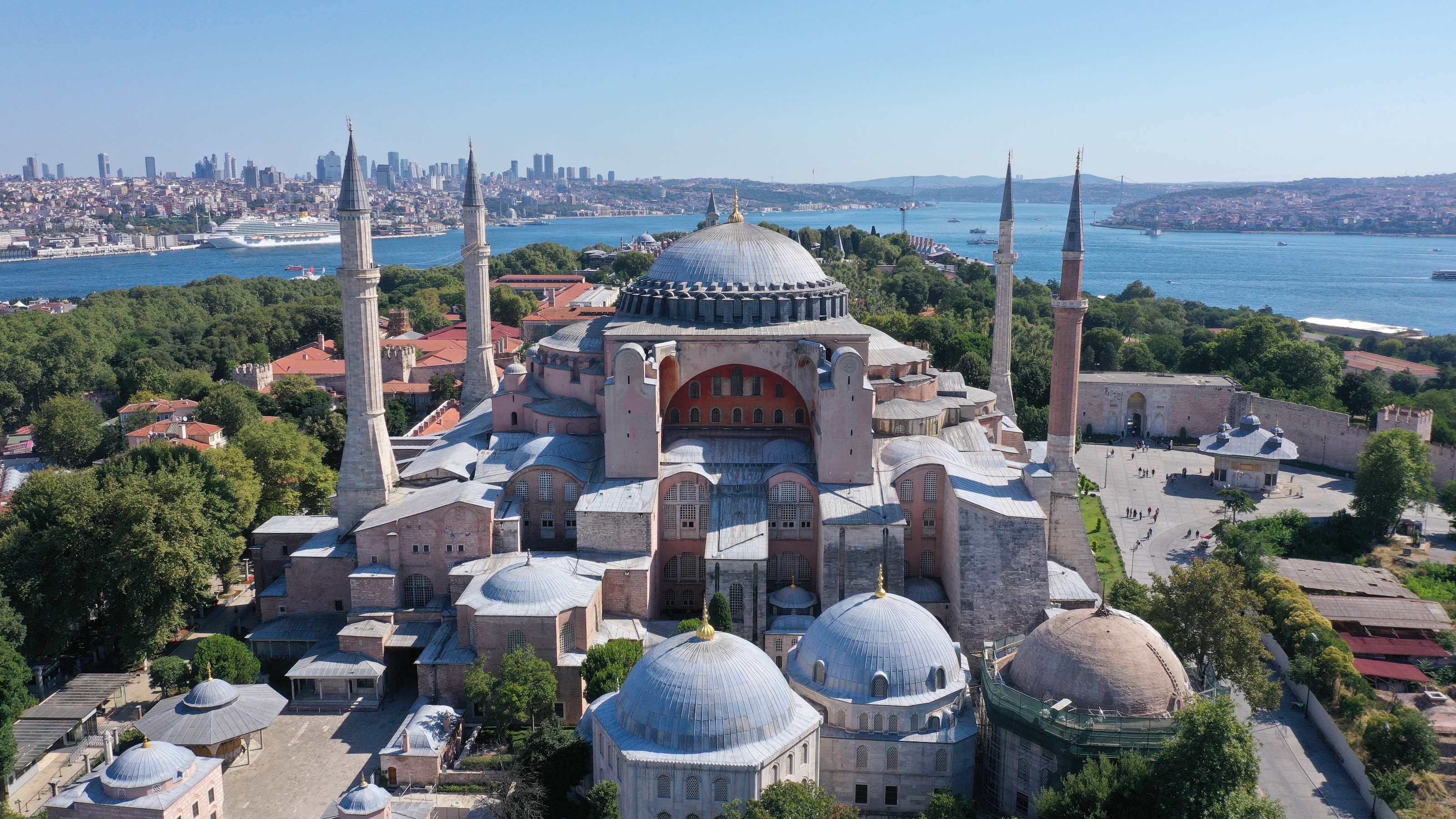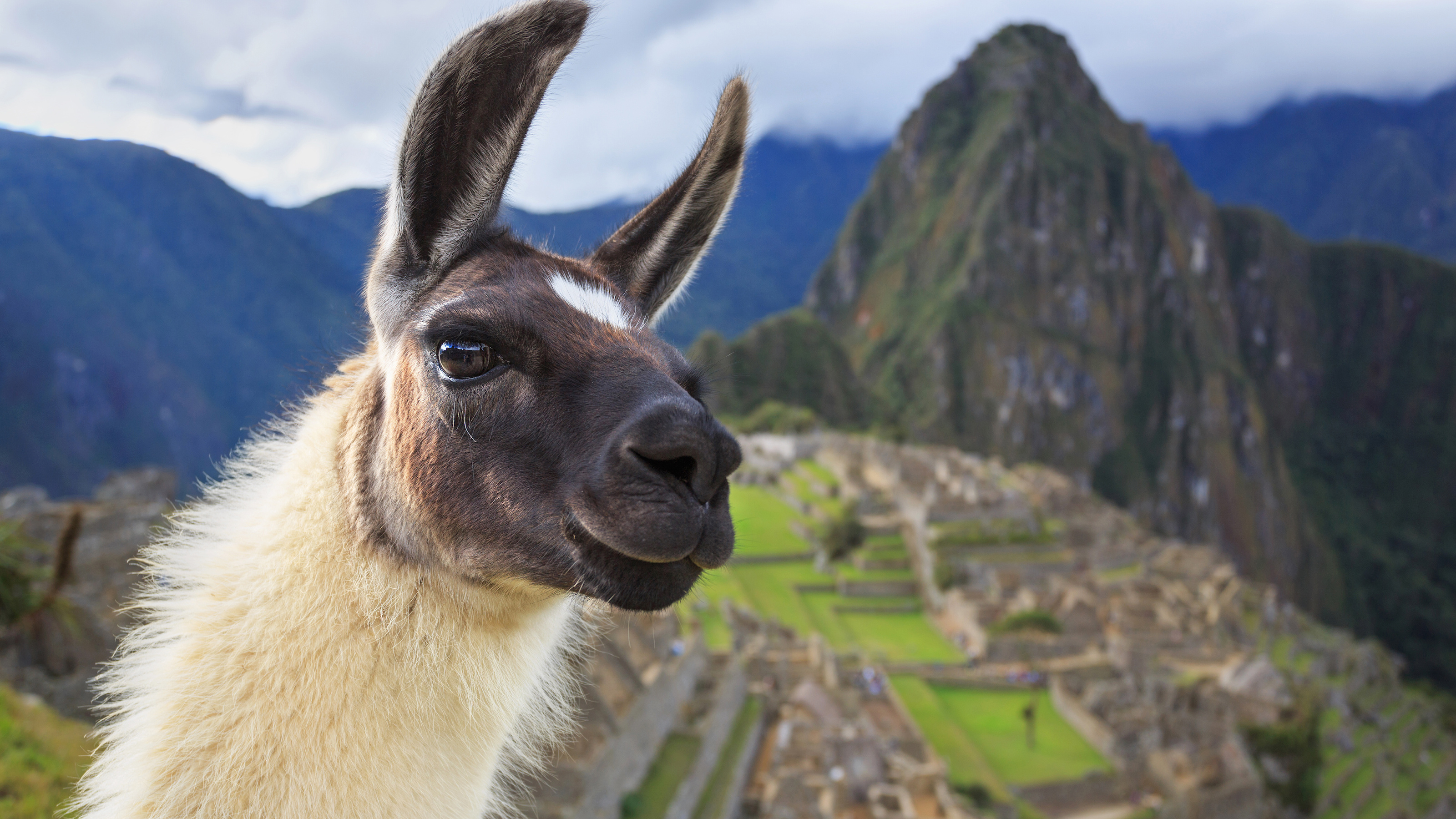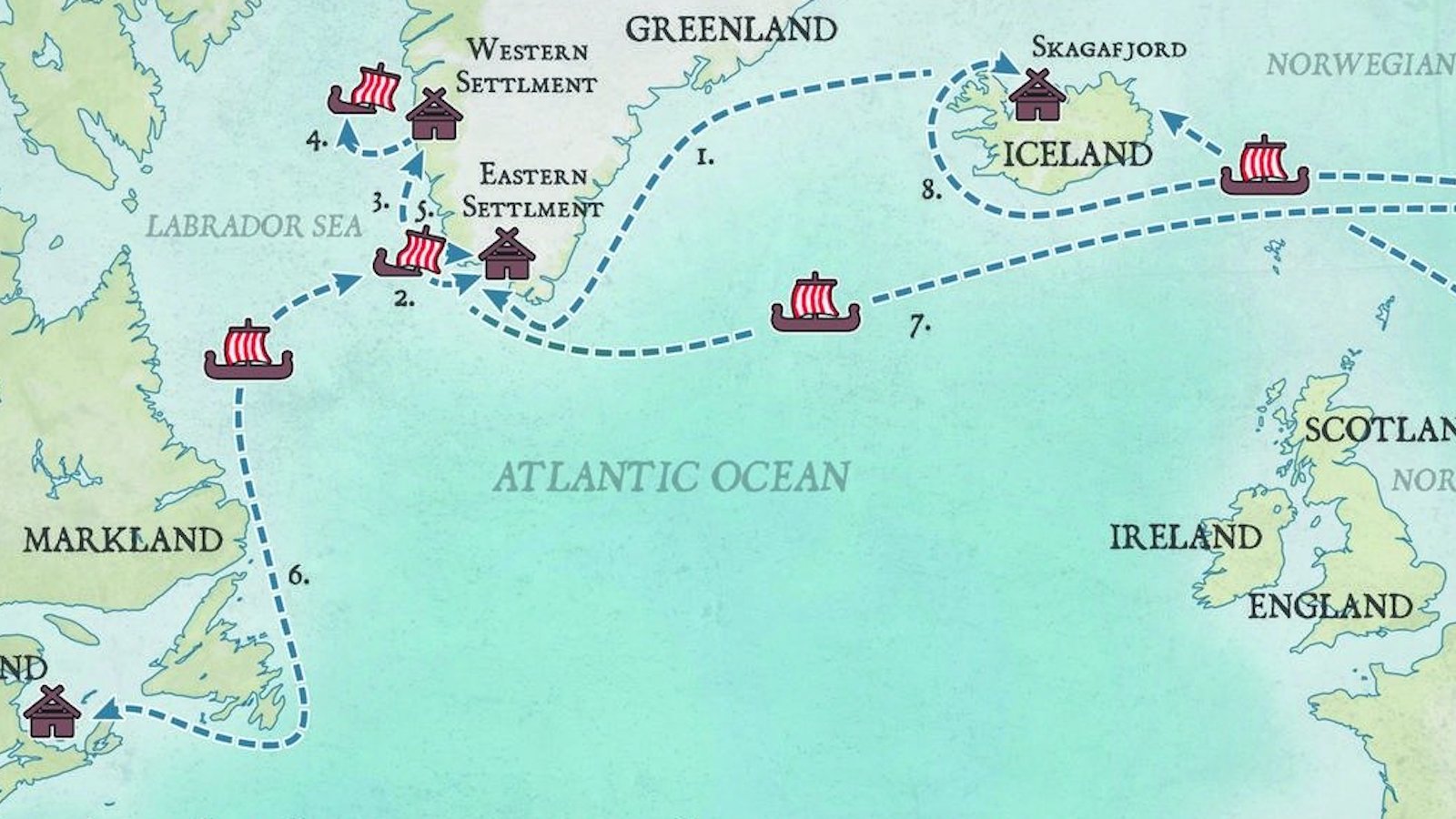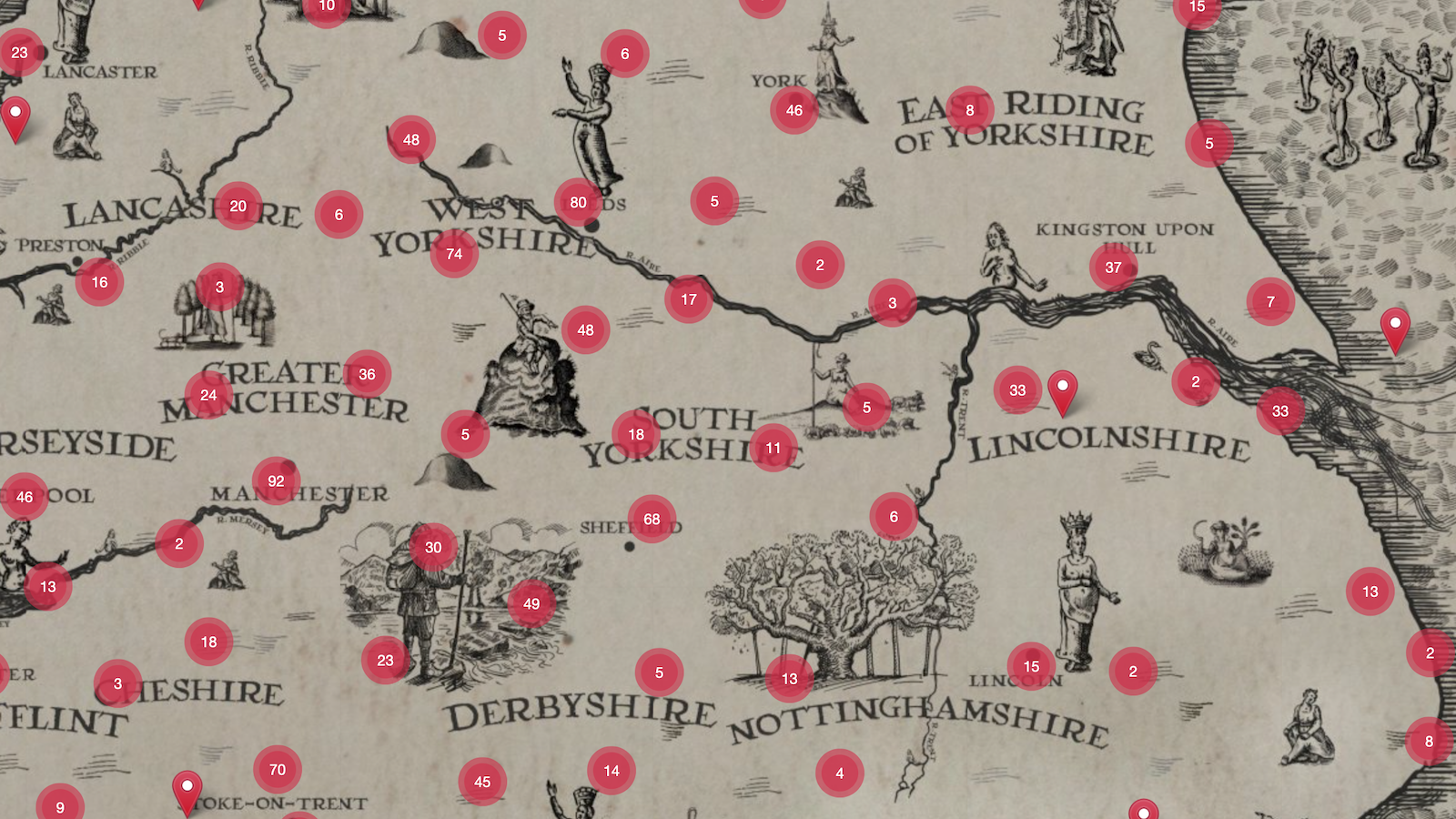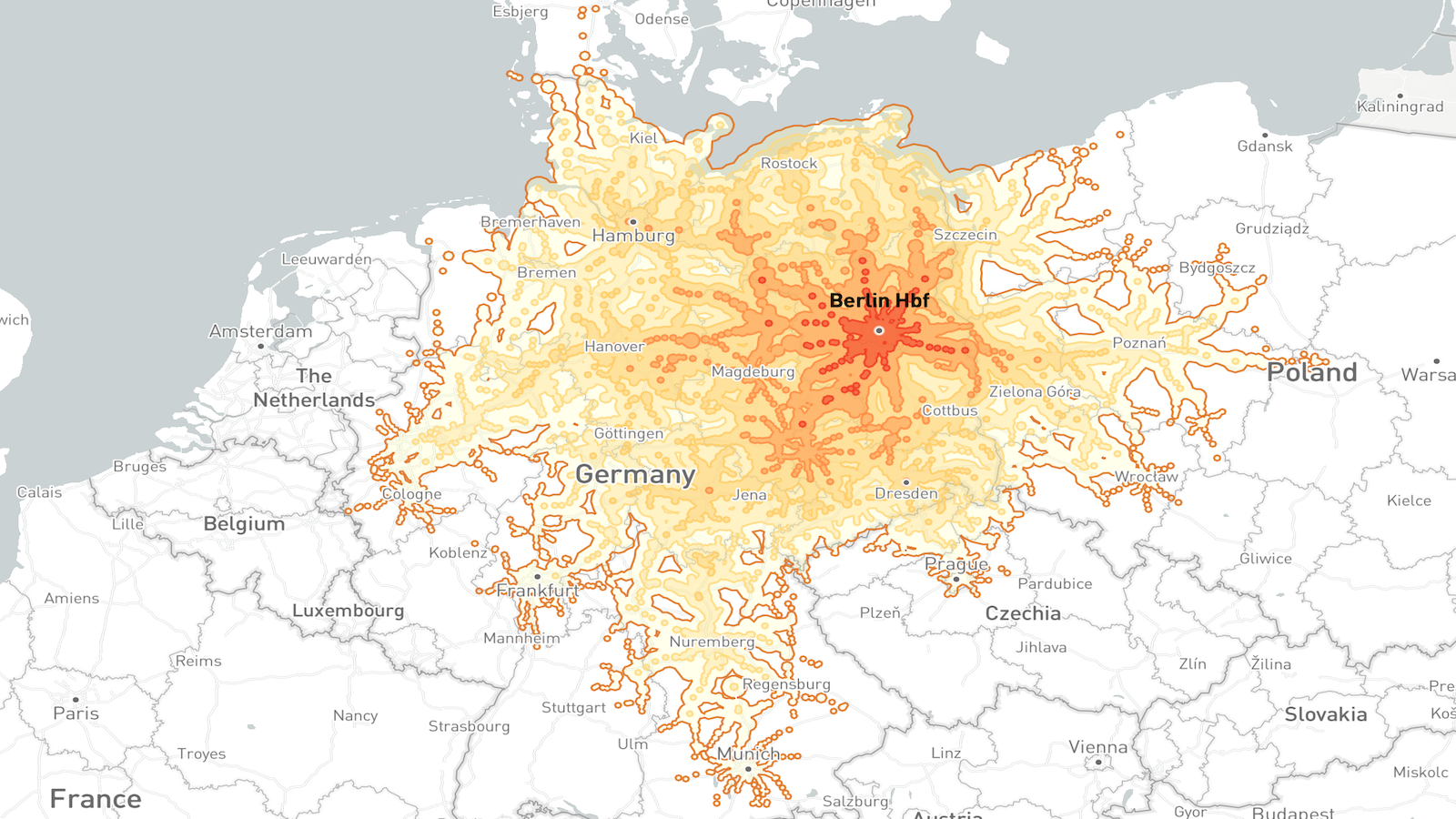travel
A new railway will switch the Baltic region’s train gauge from Soviet to standard European — a megaproject with political, economic, and military dimensions.
13.8 columnist Marcelo Gleiser reflects on his recent voyage to Earth’s last wild continent.
The world’s highest mountain is also the world’s highest cemetery, with some bodies serving as creepy landmarks for today’s climbers.
London’s busiest airport seems to be rebounding well from the pandemic — but Istanbul has better prospects in the long run.
A basement renovation project led to the archaeological discovery of a lifetime: the Derinkuyu Underground City, which housed 20,000 people.
Arieh Smith, a New York City-based polyglot who runs the YouTube channel Xiaomanyc, talks language-learning with Big Think.
After my father died, my journey of rediscovery began with the Czech language.
In a remarkably similar way, conspiracy theories around the world cast doubt on the existence of real places.
A combination of factors make the weather at New Hampshire’s Mount Washington arguably the most brutal in the world.
This minimalist map unties Asia’s mountainous geography, centered on the “Pamir Knot.”
The toilet “is a portal to a mysterious otherworld.”
The Pan-American Highway began a century ago with a vision of unfettered motor-vehicle access between Alaska and Tierra del Fuego. What happened to the dream?
If you find yourself on one of these roads, it might be a while before you see another fellow traveler.
The mountain can generate lenticular clouds, which may contribute to its supernatural reputation.
In Kannauj, perfumers have been making monsoon-infused mitti attar for centuries.
Get ready for the most peculiar road trip that will help you understand the vastness and emptiness of the solar system — and Sweden.
A photographer captured Bern’s eclectic and charming feline structures.
But make sure you bring the fossegrim the proper offering—or else.
How one man’s divine dream became a poultry-shaped reality.
In 1903, a Vermont doctor bet $50 that he could cross America by car. It took him 63 days, $8,000, and 600 gallons of gas.
Dig a 70-mile tunnel under the Bering Strait, and you get this amazing InterContinental Railway, which will reshape the world.
“Not my circus, not my monkeys.”
Most popular songs are about love and heartache. But some great songs — albeit underrated and perhaps a bit weird — are about the cities we love.
If tourism is the lifeblood of the Peruvian economy, then Machu Picchu is the heart pumping that blood — in sickness and in health.
The amazing life of “Gudrid the Far-Traveled” was unjustly overshadowed by her in-laws, Erik the Red and Leif Erikson.
Shouldn’t “flight mode” be obsolete?
Is the dumpster in the alley worthy of a poem?
“Oosouji” or “big cleaning” is much more than a chance to tidy up.
Environmental activists want us to feel “flight shame” if we can take a train, instead. But this isn’t entirely realistic, even in Europe.
When the great American tradition of the road trip meets the great Jewish tradition of the deli, we get the Great American Deli Schlep.
